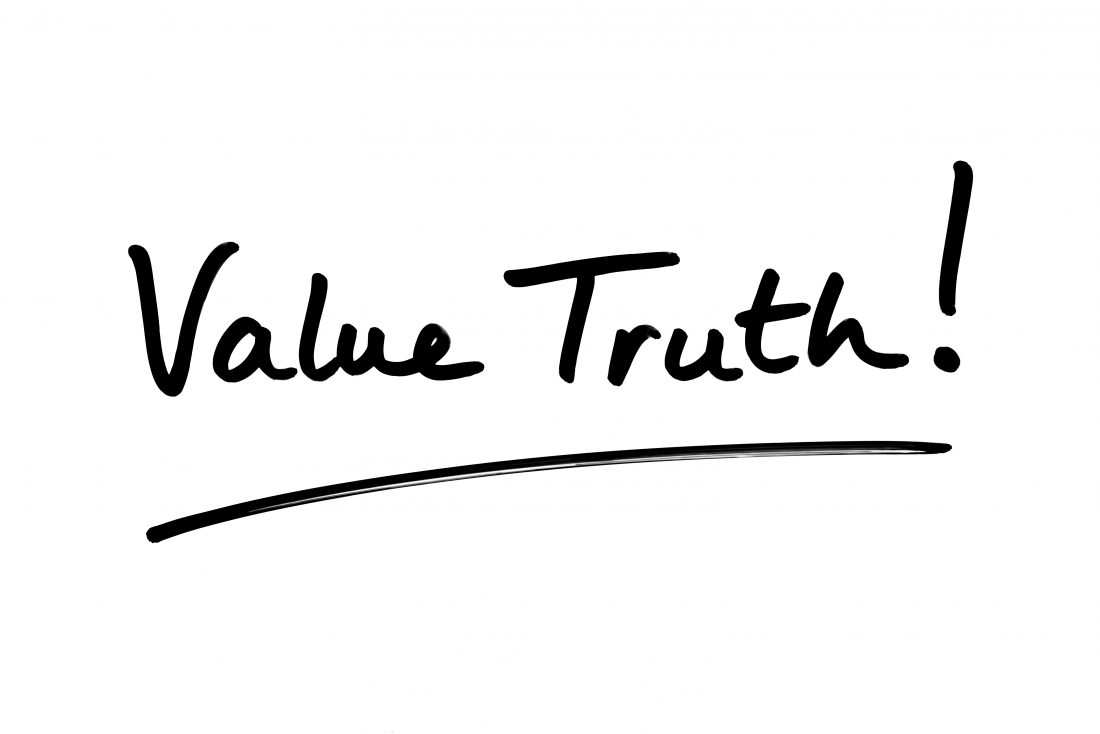


Blockchain-based applications promise to disrupt various government services and rid them of the inefficiencies faced by traditional systems. In recent years, many national and state governments have started investing in blockchain technology for creating better and more secure systems for voting, remittances, real estate documentation, welfare distribution etc.
In 2016, the government of the United Kingdom announced its plans to develop a blockchain-based platform to digitise welfare distribution and reduce redundant payments made due to frauds or documentation errors. To understand how blockchain technology can solve these issues with welfare distribution, let’s dive in.
Reducing payment errors
According to a U.K. government report, the country pays out more than $200 billion as part of its public welfare initiatives annually. As much as $4.3 billion of the total amount is paid due to frauds, claimant errors or official errors.
By using applications built on distributed ledger technology like blockchain, governments can store digital identities in an encrypted manner. It would be extremely difficult for anyone to tamper with these digital identities or forge them to gain welfare payouts even if they do not qualify the eligibility criteria.
With digital identities stored on the blockchain and payouts delivered directly through a blockchain system, governments will also be able to minimise welfare payments made due to documentation errors.
Increasing financial inclusion
According to World Bank data, there are more than 1.7 billion unbanked people throughout the world. And millions more are underbanked and lack sufficient access to financial services. Many private sector companies today are testing and implementing blockchain to bring financial services to those without a bank account in under-developed and developing countries. Governments too can use blockchain for a more inclusive financial system.
The use of a blockchain-based welfare distribution system will allow governments to reach out and help more people who need welfare payouts even if they do not own a bank account. While it will act as a more cost-effective way for governments to distribute welfare payments, the recipients too would enjoy benefits such as faster transactions and low transaction fees.
Increasing transparency and trust
Welfare payments are taxpayers’ money. And taxpayers’ must, if they seek, have information about how their government is distributing the funds. But the current system for distributing welfare payments is completely opaque, which creates scepticism amid people regarding whether or not the government bodies are operating in a legitimate manner.
A blockchain can register every transaction detail in a secure, transparent and immutable manner. If governments use a blockchain-based welfare distribution system, they can streamline the process and may easily provide verifiable proof about the amount they are distributing as welfare payments.
Conclusion
Replacing the current welfare distribution system with a one based on blockchain will save governments billions of dollars each year. The implementation of blockchain in welfare distribution, however, will be a lengthy process. It will require the proper education of both the distributors, i.e. the government organisations, as well as the recipients about the new system.
But there can be easy-to-use decentralised applications built on top of a blockchain like Alacrity that may make the process smoother and faster without the need for people having to understand much about the underlying technology.

Leave a Reply